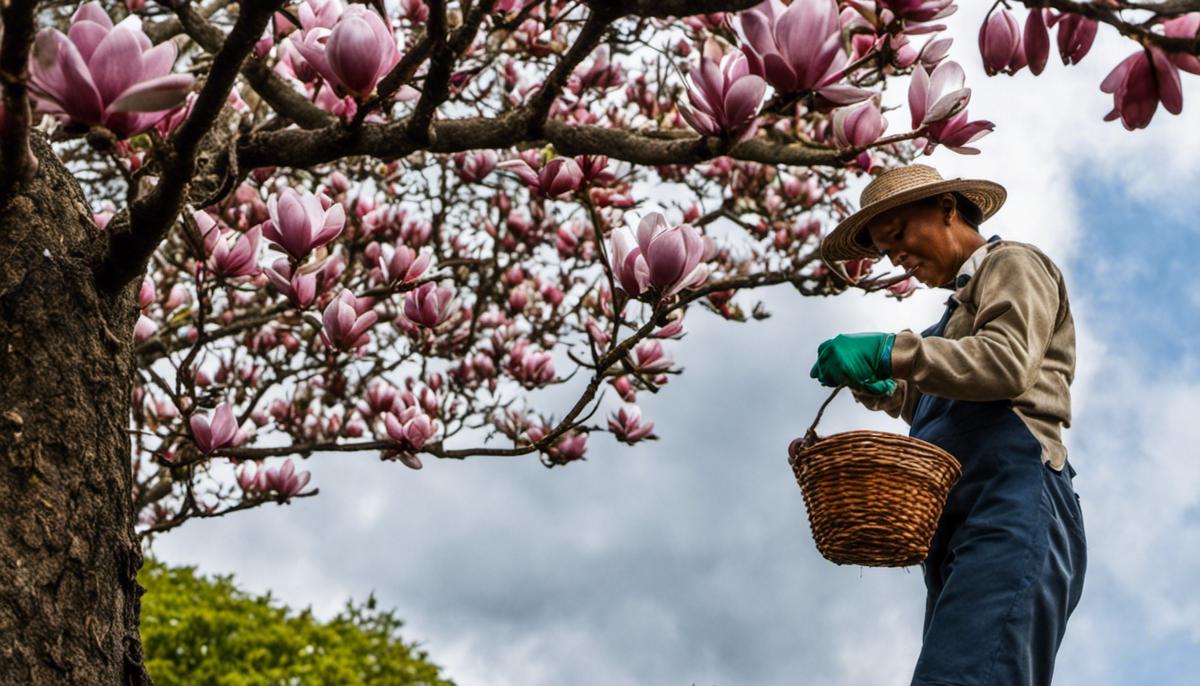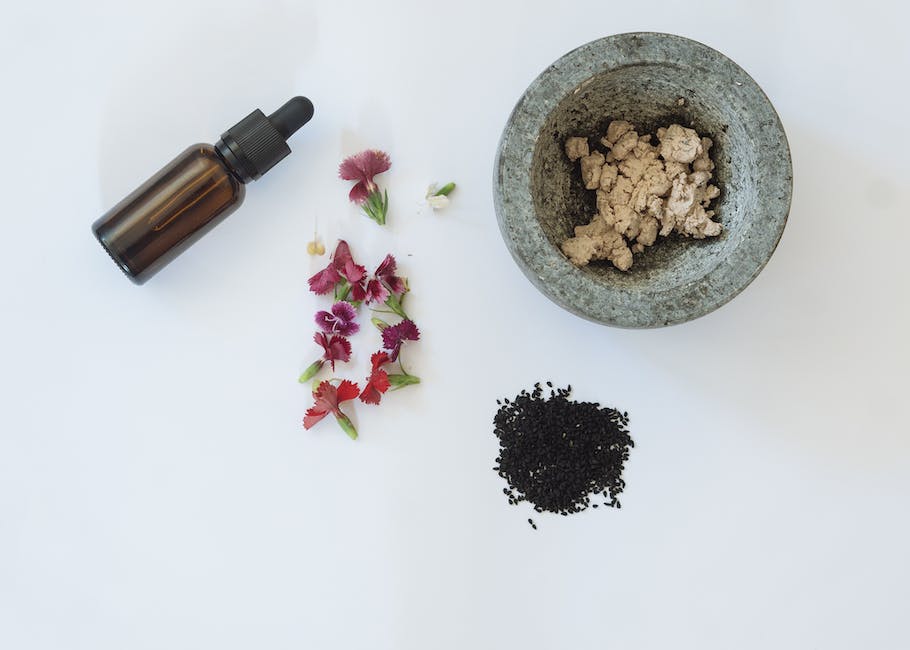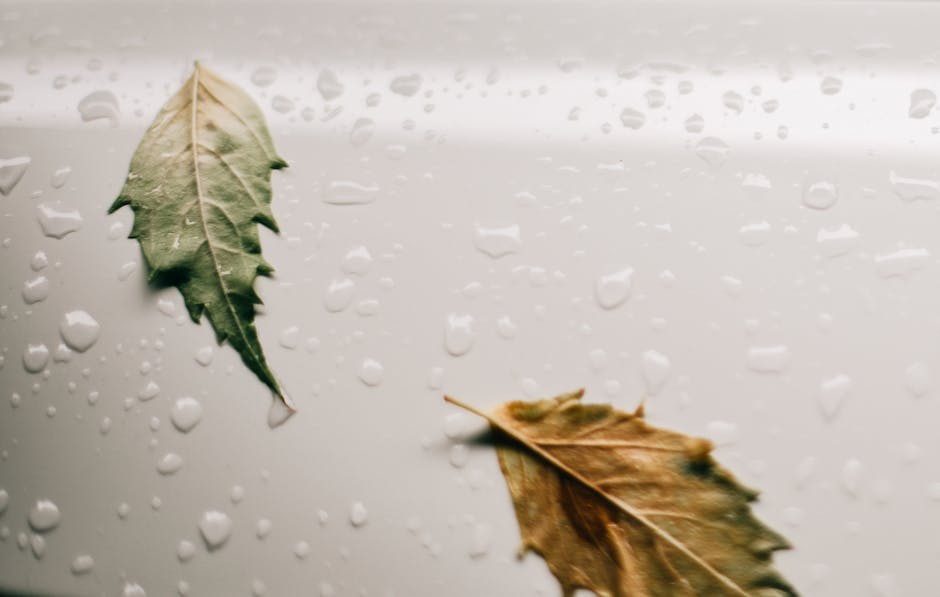How to Successfully Grow Magnolias from Seed

For the green-thumbed enthusiast seeking a regal addition to their garden, consider diving into the rewarding process of growing magnolia trees from seed. Beloved for their majestic blooms, fragrant presence, and attractive foliage, magnolias are an iconic addition to any natural setting. But seizing control of the entire life cycle, from initial seed to flourishing tree, brings an unparalleled level of satisfaction and pride. This effort starts with understanding the nuances of Magnolia seed collection, learning the optimal timing and techniques to ensure success. Additionally, mastering the strategy of stratification – replicating winter conditions to stimulate germination – is a less commonly known, but no less important stage in the process. Lastly, learning to appropriately nurture your young Magnolia seedlings through careful planting and vigilant care is essential for sustainable growth.
Understanding Magnolia Seed Collection
Attention all green thumbs and gardening enthusiasts! Let’s delve into the wonderful world of magnolias, those mesmerizing trees that grace our gardens and parks with their amazing blooms. But have you ever wondered about collecting magnolia seeds for propagation? If so, this is the perfect guide for you.
Magnolias, in all their majestic glory, are slightly different from your average flowering tree, as they produce a unique fruit, technically known as an aggregate of follicles. This unusual fruit opens up in the fall to release attractive, brightly colored seeds which can be collected and grown.
Timing is crucial in seed collection. Typically, magnolia seed pods mature and are ready for harvest from late summer to early fall. To get the highest rate of success, collect the seed pods just as they’re beginning to crack open and the bright red or orange seeds are visible. Keep a keen eye out, as hungry birds are also interested in the colorful and tasty seeds.
When searching for the perfect seed pod, look for ones that have turned from a green or brown color to a vibrant, glossy red or orange shade. These show that the seeds within the follicle have ripened and are ready for collection.
These seeds can be pulled free or the entire pod cluster can be taken. Using scissors or secateurs, cut off the seed pods from the tree, making sure to wear gloves, as the pulp can be slightly irritating to sensitive skin.
The process doesn’t end there! The seeds need to be extracted from the pulp, and a little elbow grease is required. The pulp, though slightly sticky and somewhat stubborn, can be removed by soaking and squishing the pods at the same time. Once cleaned, place the seeds in a container filled with a mixture of water and a small amount of bleach. This will help to kill any fungi or bacteria that might be present.
The seeds then need a period of cold stratification to break the dormancy. Place them in a bag of moistened peat moss or perlite and store in a refrigerator for around three to six months. After the chilling period, the seeds can be sown about 1/2 inch deep in indoor pots filled with well-drained seed compost.
Regularly check for germination and, once the seedlings are large enough to handle, transfer them into individual pots. It may take a few years until the trees flower, but the beauty of these magnificent magnolias will be worth all the effort. Experiencing this process from the very beginning creates a captivating, rewarding journey steeped in patience and passion.
Through this entire process of collecting and propagating magnolia seeds, remember to enjoy the experience, and regard it as an extension of the garden journey. After all, there’s an immense sense of satisfaction and achievement in growing something from scratch, observing its progress, and understanding the beauty of the life cycle. Happy gardening!

Stratifying Magnolia Seeds
The Thrill of Stratification and Its Importance for Magnolia Seeds
For magnolia enthusiast, navigating the intricate process of sowing and germinating the seeds of this perennial beauty is an exhilarating experience. Having scoured numerous topics so far, from identifying the perfect color of ripeness to delicately extracting seeds from the pulp, there’s still an important part to explore – the exciting science of stratification.
Stratification, in its most fundamental explanation, is the process of simulating the natural conditions that seeds must experience before germination can occur. In the case of our beloved magnolias, their seeds require a period of moist and cold conditions (commonly known as cold stratification) that is already covered in our previous discussions. However, understanding why this process is necessary makes the hobby much more immersive.
To initiate germination, magnolia seeds need a particular sequence of events. Just like wildlife hibernating, they need to feel the chill of winter before sensing the warmth of spring. Because of this, the sequence of cold stratification plays a pivotal role, without which, the seeds are likely to remain in their dormant state.
This dormancy is an evolutionary trait that has been bestowed upon seeds as a survival mechanism, ensuring that young saplings don’t sprout during harsh winter months when they’re least likely to survive. Stratification effectively tricks the seed into thinking winter has passed, thus ‘breaking’ its dormancy and preparing it for growth.
One fascinating aspect of stratification is the potential for variation. For magnolia seeds, the period can range from one to four months, depending on the species and their natural habitat. This variability adds an intriguing layer of mystery and anticipation to the process. Every seed has its unique timeline, and determining this can feel like unraveling a botanical treasure map!
It is this knowledge, coupled with the affection for magnolias, that can transform a simple seed-sowing activity into an engaging journey through nature’s inner workings. The more seeds you grow, the more familiar you become with the unique and intricate balance of conditions, honing your skills and learning along the way.
In summary, stratification is not just a necessary step, it’s an opportunity to deepen your understanding of these beautiful trees. It’s a journey filled with challenges, patience, and anticipation, ultimately culminating into the joy of seeing your magnolia tree bloom for the first time. Happy gardening!

Planting and Caring for Magnolia Seedlings
Planting and Nurturing Magnolia Seedlings for Optimal Growth
After the exquisite joy of witnessing the germination process, it’s now time to move on to the next crucial step of your magnolia-raising journey—planting and caring for your precious little seedlings. Mastering this stage requires an optimal mixture of focus, persistence, and gentle care.
- When to Plant:
- Location, Location, Location:
- Planting Process:
- Ongoing Care:
- Pruning:
- Fertilization:
- Vigilance:
Timing is vital in any gardening endeavor. Magnolia seedlings have the best chance of survival when planted in spring after all danger of frost has passed. This schedule gives them plenty of time to settle and establish before winter arrives. Mark your calendar!
Magnolia trees love sunlight and space. Choose a site that offers full sun exposure and enough space for the mature tree’s future spread. Ensure the soil is well-draining and enriched with organic matter. Remember, these trees have lateral root systems that spread wide, so the extra room is a must.
With your planting location identified, start by digging a hole about twice as wide and equally deep as the pot holding your seedling. Carefully remove the seedling from its pot, keeping the root ball intact. Gently place it in the hole, confirming that the top of the root ball is level with or slightly higher than the surrounding soil. Backfill the hole, firming the soil gently to remove air pockets, but be careful not to damage the tender roots. Water well once your seedling is in place.
Magnolia seedlings need regular watering during their first couple of years, particularly in dry spells. Aim to maintain a consistently moist, but not soggy, soil. Mulching around the base of the tree with organic matter such as compost or wood chips helps preserve moisture and control weeds.
For the first year, concentrate on establishing the magnolia’s root system rather than promoting heavy top growth. Remove only damaged or diseased branches. By the second year, your tree should be well enough established to withstand light pruning for shape and health.
Magnolias appreciate a nutrient boost, especially in their earlier years. Use a slow-release granular fertilizer in late winter or early spring, following package instructions.
Watch for pests and disease. Magnolias are generally tough, but an infestation or illness can sneak in. Be alert for changes in leaf color or condition, checking routinely for signs of stress.
While this may sound like a lot, the joy of seeing the first perfectly-formed, aromatic magnolia blossom erupting from the tree you’ve tended from seed will be nothing short of magical. This enjoyment, coupled with the life-affirming satisfaction of nurturing nature, truly elevates the humble hobby of gardening into a lifelong love affair.

Ultimately, successfully growing magnolia trees from seed is a triumph that requires time, patience, and dedication. Not only will you secure an aesthetically pleasing addition to your garden, but you will also engage in a rewarding journey, each step fostering a deeper connection to the natural world. By perfecting seed collection methods, understanding and implementing stratification, as well as providing the right conditions for planting and care, you can experience the joy of watching a seed morph into a stunning, life-giving tree. Don’t be deterred by potential challenges along the way, as they become opportunities for learning and growth. So grab your gardening gloves, harness your enthusiasm, and get ready to dive into the fascinating world of magnolia cultivation.



